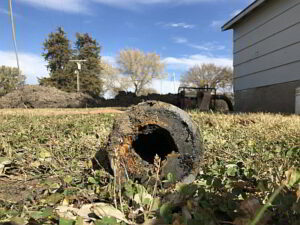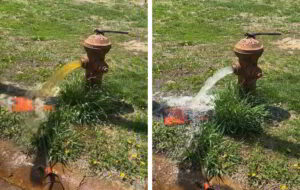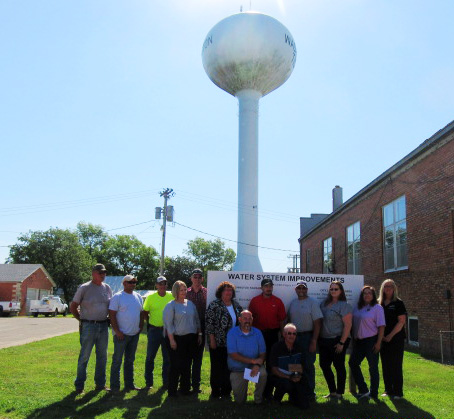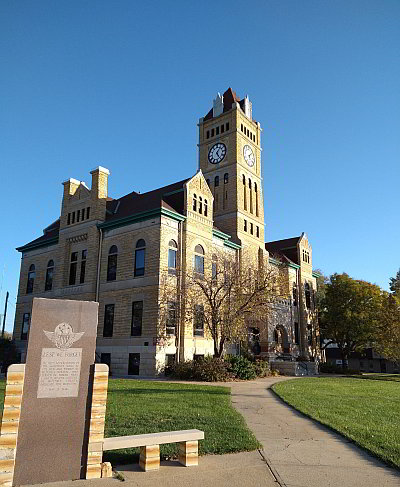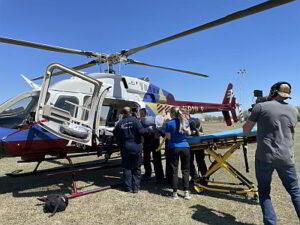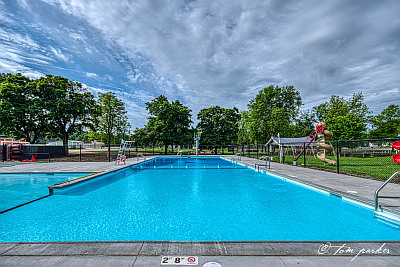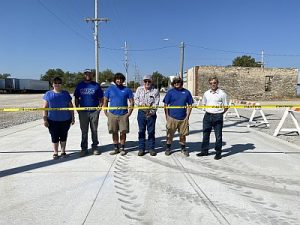Project Restores Historic Lincoln Building, Fulfills Community Need for a Fitness Center
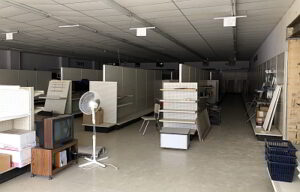
Many of the defining historical features were covered prior to the project in the building located at 113 W. Lincoln Avenue in downtown Lincoln, KS. (Courtesy Photo)
The need for a fitness center had been talked about in the City of Lincoln, Kansas, for several years. A committee was even formed to focus efforts on developing one, but funding challenges hindered progress.
When Kelly Gourley purchased a vacant, historic property in downtown Lincoln in 2019, opening a fitness center was not at the top of her list of ideas for the space. However, her journey to open a business brought the conversations about the need for a fitness center full circle. Today, Gourley owns/operates Post Rock Fitness in addition to serving as Executive Director of Lincoln County Economic Development Foundation.
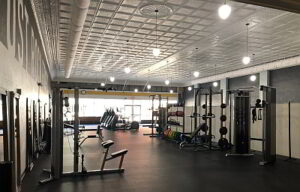
Renovations helped bring the building back to new life as a fitness center and were made possible through funding from the owner, awards from the CDBG Commercial Rehabilitation and HEAL programs, and State and Federal Historic Tax Credits. (Courtesy Photo)
Post Rock Fitness opened in August 2022 at 113 West Lincoln Avenue in the newly renovated historic building in downtown Lincoln. The fitness center is membership-based offering walk-in passes, one-week passes, or monthly memberships. Members have access to the facility 19 hours/day, 7 days a week through a mobile app.
The process to bring the vacant building to new life was long and costly. Securing outside funding was critical to success. The City of Lincoln was awarded a $250,000 Commercial Rehabilitation grant in 2020 through the Small Cities Community Development Block Grant (CDBG) program, which is administered by the Kansas Department of Commerce.
Also key in helping Gourley move the project forward was the timely rollout of the Historic Economic Asset Lifeline (HEAL) program, also from Kansas Department of Commerce, and the ability to apply for State and Federal Historic Tax Credits due to the designation of the community’s historic downtown district.
“Although I knew a fitness center was a need in the community, I knew it wasn’t going to be able to support the level of renovations the building required,” Gourley said. “The CDBG program was able to bridge the gap between the cost of renovations and the financing the business could support.”
According to Gourley, the project was not without its challenges.
“Because CDBG is a federal program, there are requirements that local contractors have a hard time meeting. Even more challenging was trying to launch the project right as the cost of construction was skyrocketing after COVID,” Gourley said. “Once the project finally got under construction, it was exciting to see several years’ worth of planning finally coming to life!”
Due to rising costs, the project had to be scaled back from its original scope of work. In addition to roof repairs, improvements mostly focused on the interior such as electrical and plumbing updates along with HVAC, insulating and repairing damaged floors, walls, and ceiling. Gourley has since completed additional front facade improvements.
The NCRPC provided planning assistance, grant writing and project administration for the CDBG Commercial Rehabilitation portion of the project. Other non-funding key partners involved with the project were Bruce McMillian Architects, Manhattan, Kansas; and Wiens & Company Construction Inc., Hutchinson, Kansas.
“I could not have done this without the help of the NCRPC, especially Bri Beck,” Gourley said. “She is a pro and made sure that all of us were always staying on track with the requirements of the CDBG program.”
While restoring a vacant historic building and opening a business were the primary results of this project, perhaps just as important has been enhancing quality of life for residents and bringing the community together – even if it is informally through Wednesday night yoga classes. To learn more about the business, visit postrockfitness.com.
This article appeared in the Quarter 4 2023 NCRPC Newsletter.
 There are many great things happening in North Central Kansas. Project Spotlight shares stories from communities around the region and how they solved challenges.
There are many great things happening in North Central Kansas. Project Spotlight shares stories from communities around the region and how they solved challenges.
View more at www.ncrpc.org/tag/project-spotlight.
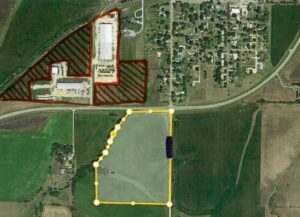
 There are many great things happening in North Central Kansas. Project Spotlight shares stories from communities around the region and how they solved challenges. View more at www.ncrpc.org/tag/project-spotlight.
There are many great things happening in North Central Kansas. Project Spotlight shares stories from communities around the region and how they solved challenges. View more at www.ncrpc.org/tag/project-spotlight.
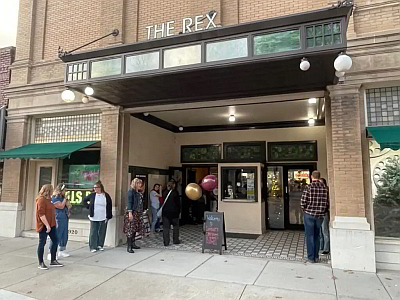


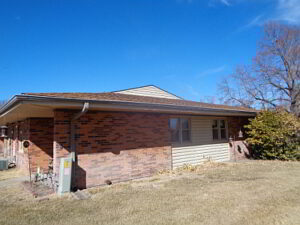
 October marks Energy Awareness Month and Weatherization Day is officially recognized on October 30. Did you know that over its more than 40-year history nationally, the Weatherization Assistance Program has weatherized more than 8.1 million homes? See
October marks Energy Awareness Month and Weatherization Day is officially recognized on October 30. Did you know that over its more than 40-year history nationally, the Weatherization Assistance Program has weatherized more than 8.1 million homes? See 